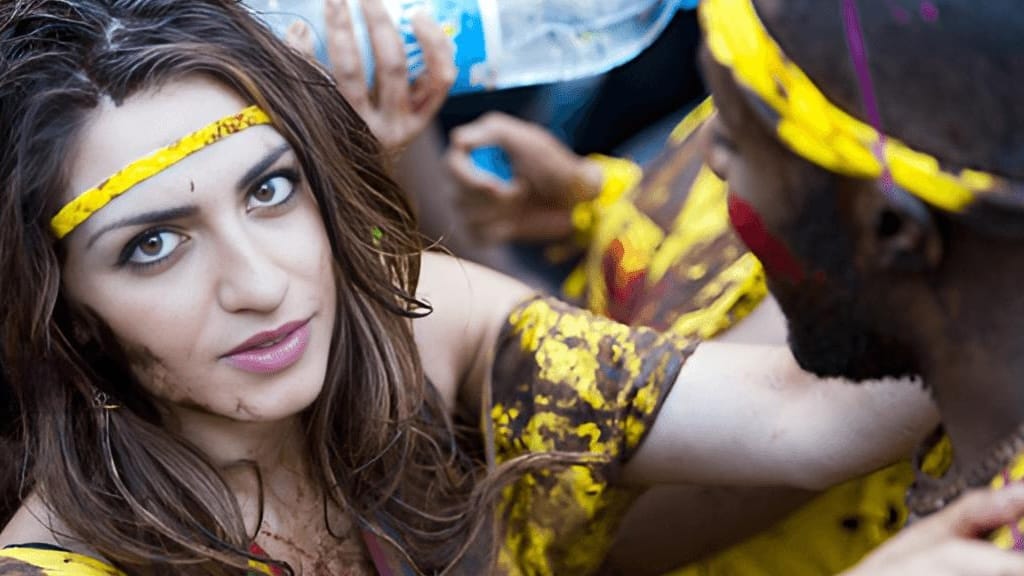
Notting Hill Carnival: A Celebration of Caribbean Culture
Notting Hill Carnival is one of Europe's most iconic cultural festivals, attracting millions of tourists to the streets of London each August. The carnival is a dynamic display of Caribbean culture, complete with colorful parades, infectious music, and delicious food.
For the culturally curious looking for a once-in-a-lifetime experience, Notting Hill Carnival is an event not to be missed, capturing the essence of diversity and togetherness.
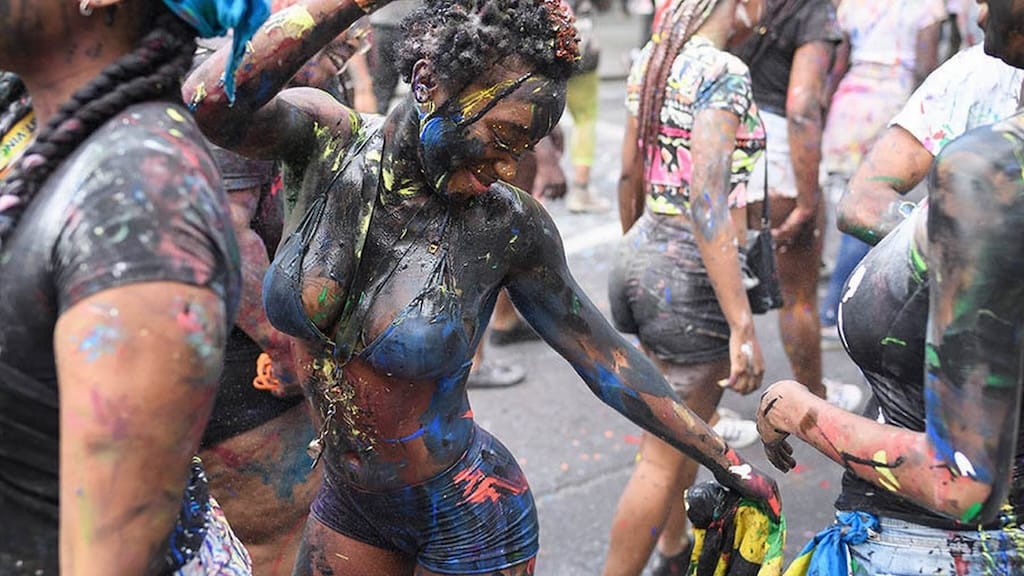
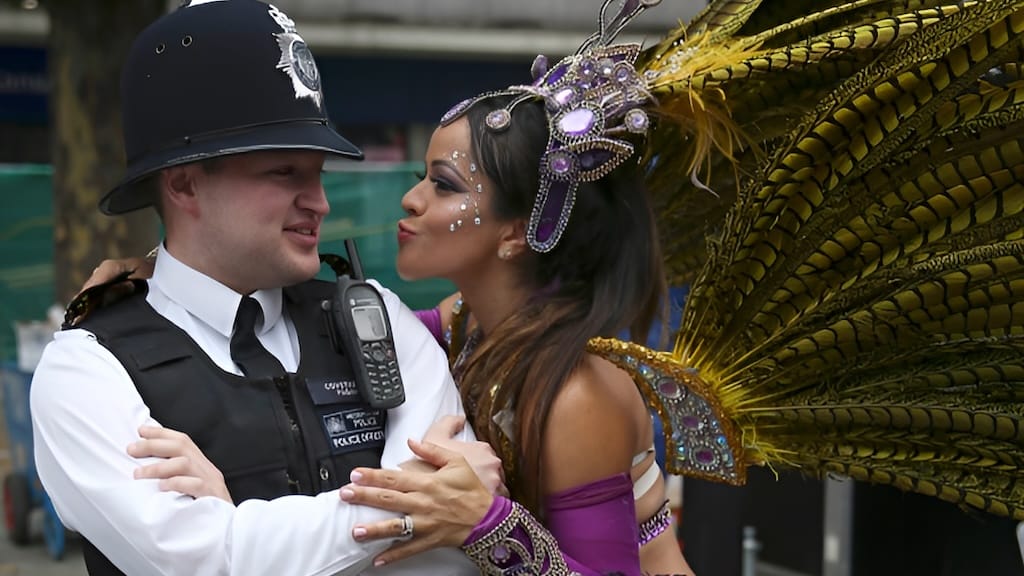
Historical Background
Notting Hill Carnival traces its history to the 1950s when immigrants from the Caribbean, mostly Trinidad and Tobago, started arriving in the UK. The first carnival was held in 1966, a small indoor event organized by community activist Claudia Jones, known as the "Mother of the Carnival." The purpose of this small carnival was to foster cultural harmony and enjoy Caribbean culture.
It has since expanded into a huge outdoor festival, Europe's biggest street festival.
A watershed moment for the carnival was the introduction of steel bands and sound systems during the 1970s, transforming it into the vibrant, music-centered carnival that it is now. Despite occasional setbacks, including logistical challenges and safety concerns, the carnival has continued to be a source of resilience and cultural pride.
Common Activities
Notting Hill Carnival is a feast for the senses, with plenty to do for attendees. At the center of it all is the Grand Parade, where thousands of participants wearing elaborate costumes dance to soca, reggae, and calypso rhythms. Steel bands and sound systems line the streets, creating an electrifying atmosphere.
Food stalls are another draw, offering Caribbean treats such as jerk chicken, curry goat, and plantains. Kids enjoy a dedicated kids' day with shows and activities for children. The carnival also hosts several after-parties and live music concerts, keeping the party going late into the night.
Traditional Customs
The carnival has strong Caribbean roots, and several traditions have been carried on over the decades. Costume-making is a huge component, with individuals spending months designing and creating intricate costumes adorned with feathers, sequins, and bright colors. Each costumed character typically has a story or theme associated with it, further contributing to the spectacle.
Music is another carnival mainstay, with highlights including soca, reggae, and dub music. Performances on the steel pan trace back to the Trinidadian beginnings of the carnival, while sound systems provide a modern interpretation.
Food plays a vital role, with authentic Caribbean dishes taking center stage. Visitors get to savor traditional flavors like roti, ackee and saltfish, and rum punch, all of which are part of carnival culture.
What to Expect
If you're planning to attend the Notting Hill Carnival, here's what you need to know:
- When: The carnival is celebrated every last weekend of August, with Sunday and Monday being the days for major events.
- Where: The celebrations are based in the Notting Hill district of London, with processions staged through the streets.
Tips for Attending
- Arrive early to secure a good spot for viewing.
- Wear comfortable footwear.
- Carry cash for food and beverages.
- Use public transport, as roads are closed during the festival.
- Book local accommodations in advance, as they get reserved quickly.
- Consider a guided tour of the carnival for first-timers to familiarize yourself with its history and traditions.
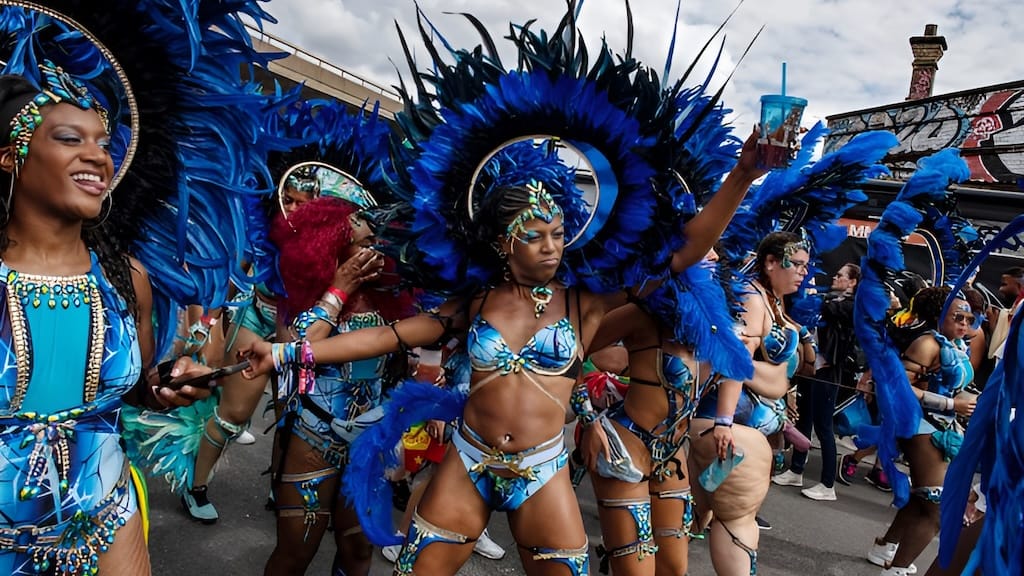
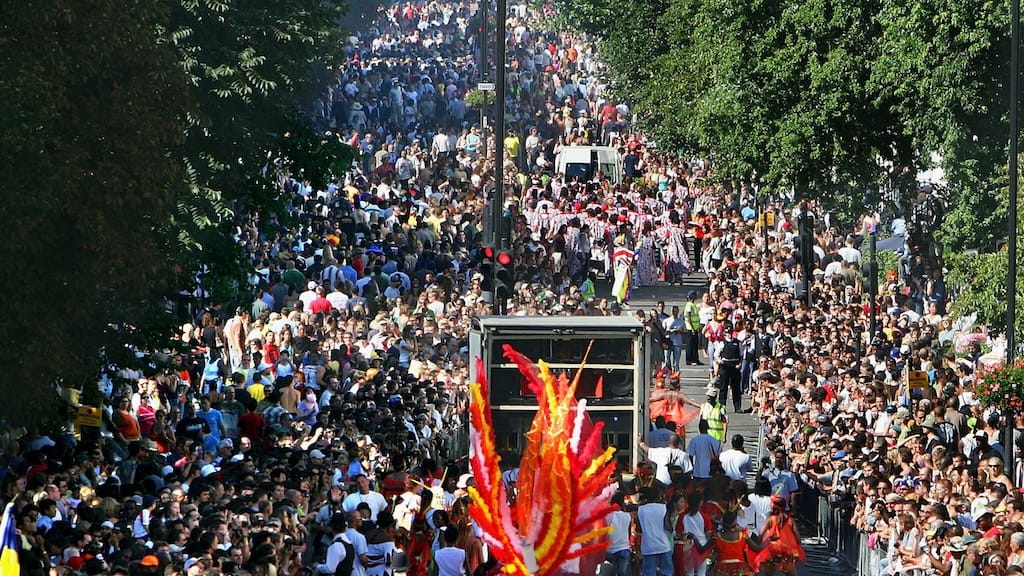
Conclusion
The Notting Hill Carnival is more than just a festival; it's a celebration of culture, diversity, and community. Whether it's the music, food, or electric atmosphere that attracts you, there's something for everyone at this event.
As one of the largest cultural events in Europe, it's a must-see for every visitor. Don't miss the opportunity to witness the magic of the Notting Hill Carnival!
For more details about the carnival, visit the official Notting Hill Carnival website.